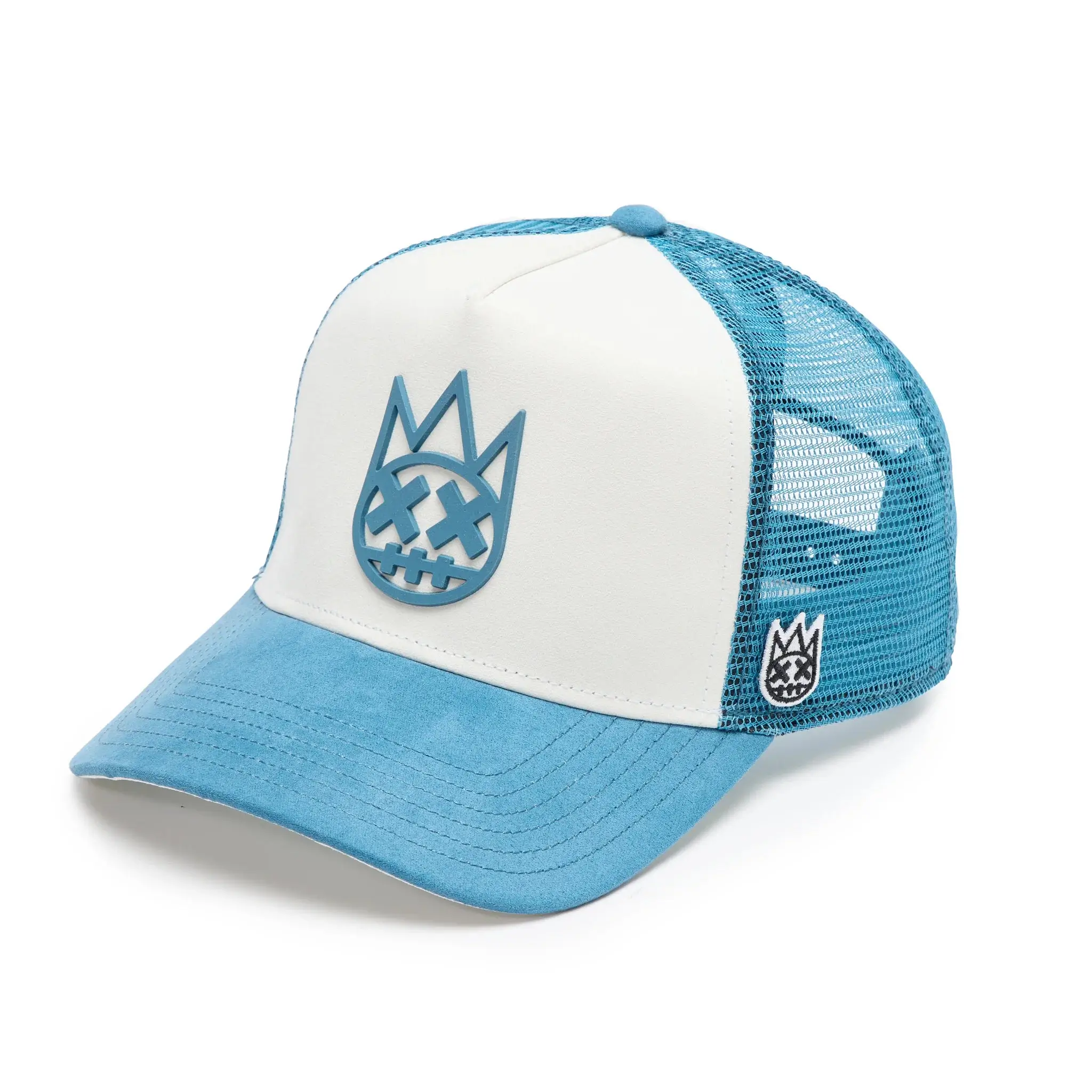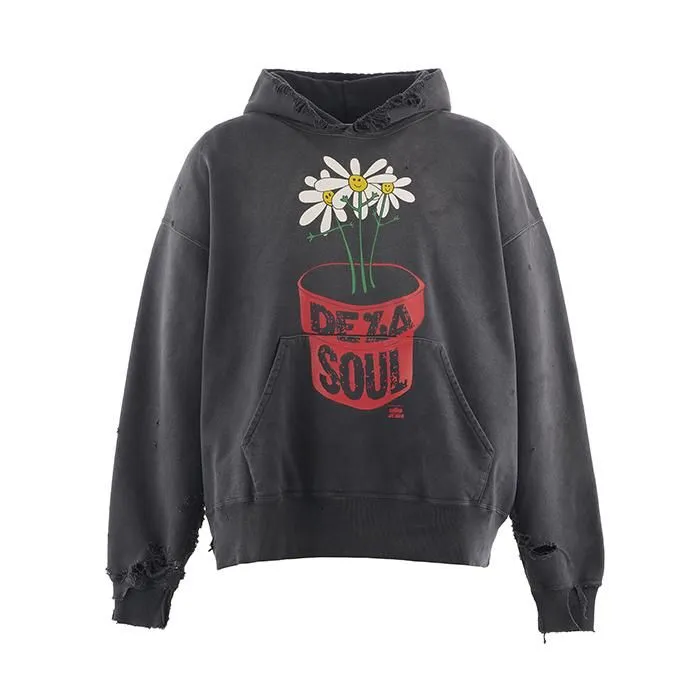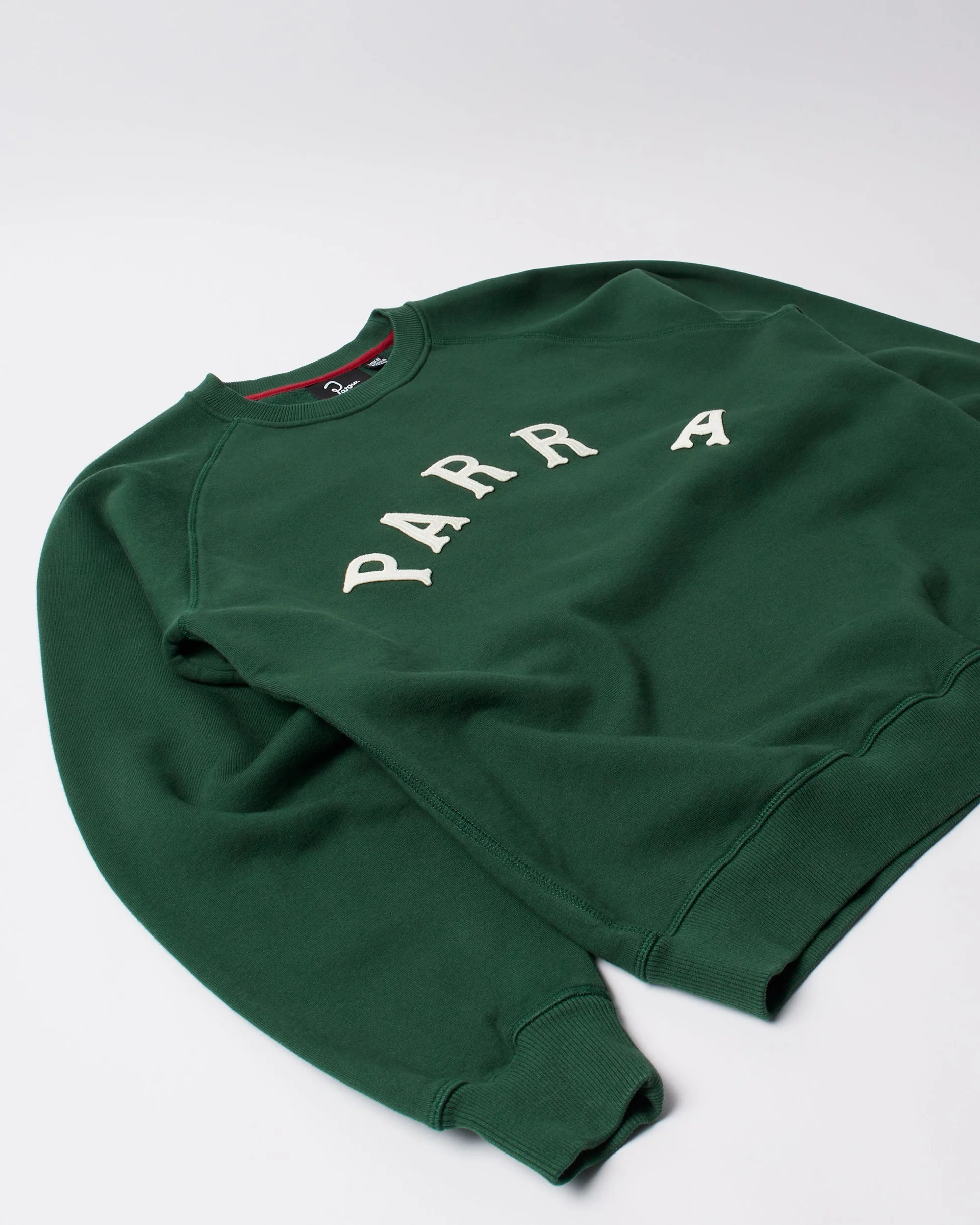American hip-hop has long been a source of inspiration for Japanese streetwear, with its emphasis on individuality, boldness, and rebellion against mainstream fashion norms. Since the 1990s, Japan has embraced hip-hop culture, not just as a music genre but as a lifestyle and aesthetic. This influence is visible in the oversized silhouettes, graphic prints, and casual, relaxed fits that define Japanese streetwear today.
Japanese brands like BAPE (A Bathing Ape) pioneered this blend of hip-hop and streetwear, borrowing elements such as camo prints, bold logos, and baggy fits. Yet, these brands didn’t simply imitate—they innovated. Designers reinterpreted these American hip-hop influences through a Japanese lens, adding a level of meticulous craftsmanship and detail that has become a hallmark of Japanese fashion. This reinterpretation created a unique visual language that spoke to both Japanese youth and global fashion enthusiasts.
Harajuku is more than just a district in Tokyo—it’s a cultural landmark for fashion enthusiasts worldwide. Known for its vibrant street style, Harajuku is where Japanese streetwear truly came into its own, embracing everything from punk and goth to hip-hop and high fashion. In the streets of Harajuku, fashion isn’t just about looking good; it’s a form of self-expression, rebellion, and identity.
Harajuku fashion is eclectic, often mixing traditional Japanese elements with Western styles, creating a unique fusion that feels both futuristic and nostalgic. Among the many staples in Harajuku streetwear are sweaters, which have become a canvas for bold statements and unique designs. Harajuku sweaters often feature graphic prints, unusual textures, and playful silhouettes that reflect the district’s dynamic, rule-breaking fashion philosophy.
The Harajuku sweater has become an iconic item within Japanese streetwear, representing the merging of Japanese artistry with American street style. These sweaters stand out for their inventive designs, blending oversized fits with intricate detailing and graphic imagery inspired by pop culture, anime, and hip-hop. Unlike traditional American streetwear, which often leans on logos and branding, Harajuku sweaters bring in more vibrant, artistic elements that make each piece feel like a work of art.
Many Japanese brands producing Harajuku-inspired sweaters draw from hip-hop’s emphasis on statement pieces. Brands like NEIGHBORHOOD, WACKO MARIA, and UNDERCOVER incorporate hip-hop elements—such as graffiti-inspired prints or lyrics—onto their clothing, adding depth to the design. These sweaters often come with a sense of irony, playfulness, or cultural commentary, reflecting the Japanese approach to hip-hop: one that respects the genre’s roots while also making it distinctively their own.
A critical element that sets Japanese streetwear apart is its commitment to craftsmanship. Japanese streetwear brands are known for using premium materials and employing traditional techniques, even when producing casual pieces like sweaters. The attention to detail is meticulous; designers experiment with textures, embroidery, and layering to create pieces that feel luxurious despite their casual appearance.
This commitment to quality can be seen in how Japanese brands reinterpret American hip-hop aesthetics. In the hands of Japanese designers, a simple hoodie or sweater becomes a piece that carries the spirit of hip-hop, infused with a level of craftsmanship that elevates it beyond streetwear. This approach has allowed Japanese streetwear to resonate with both luxury and streetwear markets, appealing to those who value style and quality in equal measure.
Japanese streetwear’s reach extends far beyond Japan, becoming a global phenomenon that appeals to fashion-forward individuals worldwide. The Harajuku sweater, in particular, has gained popularity for its versatility and expressive potential. International celebrities and influencers frequently incorporate these sweaters into their wardrobes, adding a layer of cultural connection between Japanese streetwear and the global fashion scene.
Social media has played a significant role in the international rise of Japanese streetwear. Platforms like Instagram and TikTok have allowed designers and fans to showcase their styles, amplifying Harajuku fashion’s visibility and influence. As more people are exposed to this unique fusion of Japanese and American styles, the demand for Japanese streetwear continues to grow, further cementing its status as a major influence in global fashion.
The Japanese streetwear scene, with its fusion of hip-hop, American influences, and Harajuku’s creative spirit, has evolved into more than just a trend—it’s a cultural movement. The Harajuku sweater represents this movement, blending elements of streetwear and luxury with a commitment to individuality and craftsmanship. By drawing from diverse sources and reinterpreting them through a Japanese lens, Japanese streetwear has created a distinct identity that resonates worldwide.
As hip-hop continues to evolve, so too will Japanese streetwear, finding new ways to innovate and inspire. For now, the Harajuku sweater stands as a symbol of this evolution—a reminder that fashion is about more than clothes; it’s about connection, creativity, and cultural exchange. Whether worn in Tokyo, New York, or anywhere in between, Japanese streetwear is a celebration of style’s power to transcend borders and bring people together.
No comments yet.








